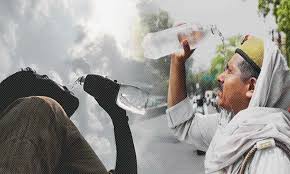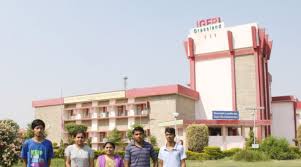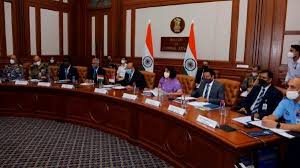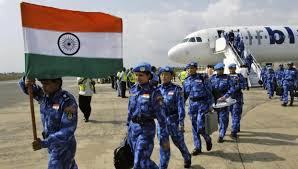
According to the EnviStats India 2020 report released by the National Statistical Office (NSO), the average number of heat wave days in 2019 rose by 82.6 per cent year-on-year to 157. The report showed that the highest number of heat wave days were recorded in Rajasthan with 20 days, followed by Uttar Pradesh and Uttarakhand with 13 days each.
Daily Current Affairs Quiz 2020
Key-Points
The reversal of trend led to 2019 being the year with the third highest number of heat wave days in the decade after 254 days in 2010 and 189 days in 2012.
The number of average cold wave days also reported an increase, though the latest data is for 2018 in the case: 45 in 2018, a rise of 55.2 % from 29 in 2017.
Acute respiratory infection led to 3,740 deaths in 2018 — the highest in six years. The highest number of deaths due to acute respiratory infection were reported in West Bengal (732).
Among the metropolitan cities in 2018, particulate matter size less than or equal to 10 µm was the highest in Delhi (243).
Tube well/hand pump remained the primary source of drinking water in rural India in 2018 with 53.8 % share, while piped water/ tap/ public tap/ standpipe was the primary source in urban areas with 65 % share.
In rural areas, among states having bottled water as the principal source of drinking water in 2018, Delhi ranked at the top with 33.4 % households relying on it.
In urban areas, Daman & Diu has the highest share of households (40.4 %) choosing bottled water as principal drinking water source.
Andhra Pradesh has the highest percentage of slum population to urban population (36.10 %).
Out of total 7.3 crore registered motor vehicles in the country in 2017 in ‘million plus cities’ in India, Delhi has the highest number of registered motor vehicles (1.02 crore), followed by Bengaluru (68.3 lakh).





